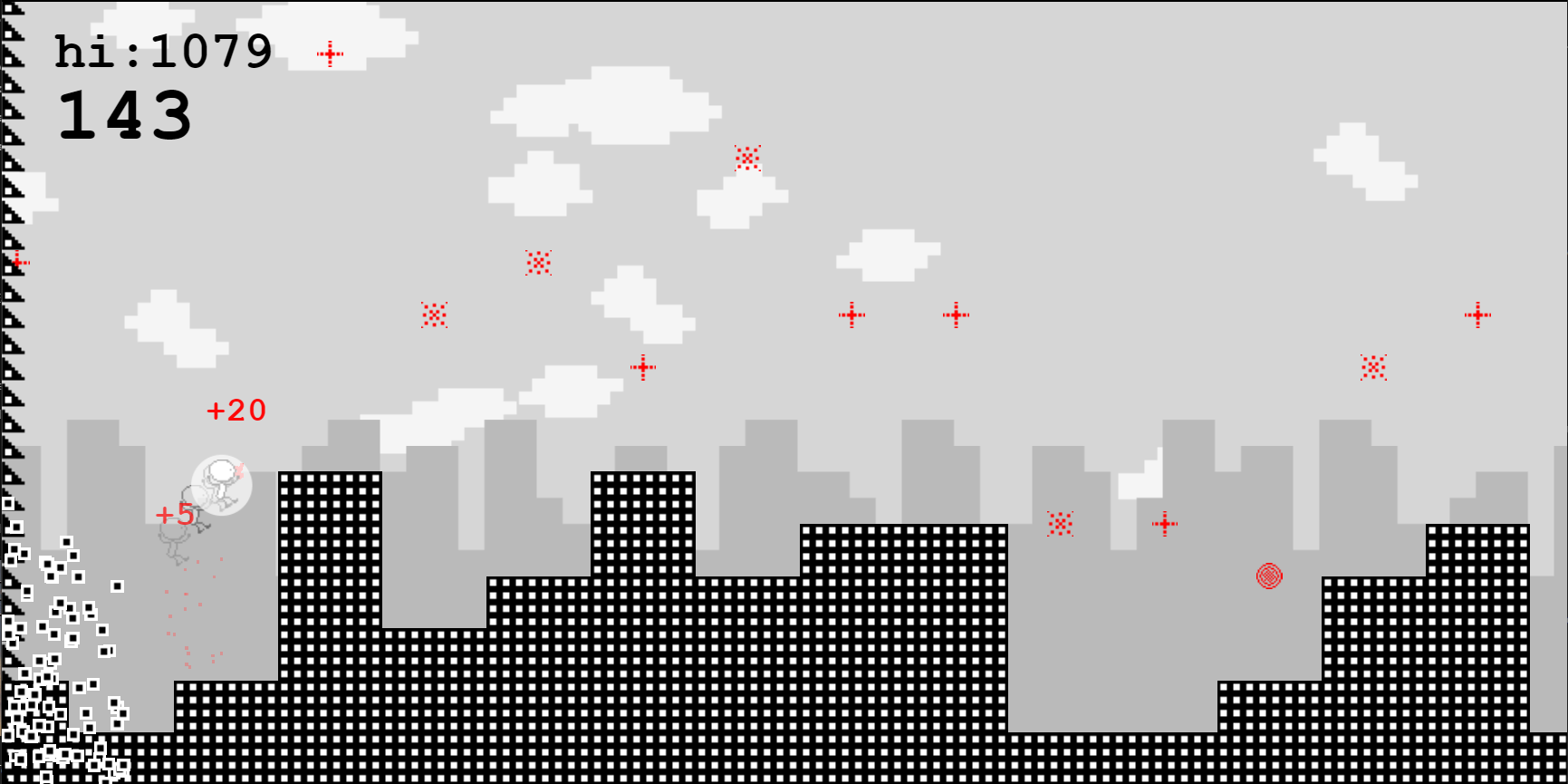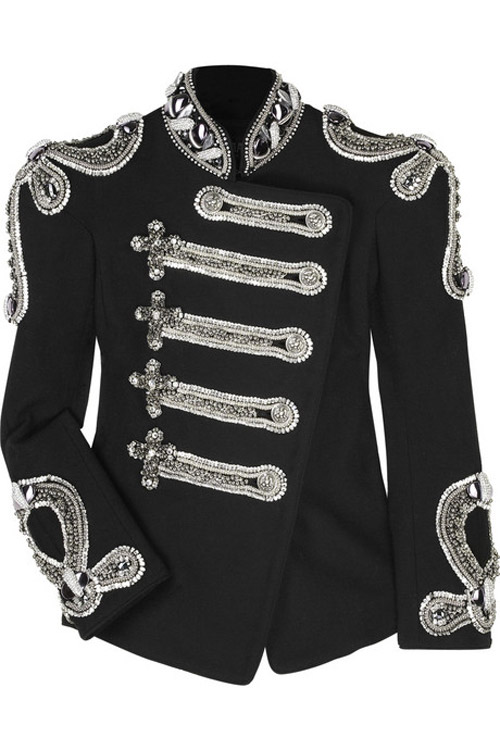

I wouldn’t jump this.” A look of horror came over him. “There’s a small piece of canopy hanging out of your pack tray. My squadmate saw me talking to the lieutenant and listened in, smirking. He looked back, “What’s going on?” he asked. There was a nervous looking butter-bar lieutenant standing next to me. Heavy turbulence knocked jumpers off balance – it was almost go time. The Air Force loadmasters opened the paratroop doors and violent wind rushed into the plane. “Hook up!” We grabbed our static lines and hooked them to the anchor cable (steel cables suspended about a foot above our heads, running the length of the cargo bay). Until you’ve jumped 10 times, you’re considered a “cherry”- a new guy, a fresh, untested, inexperienced virgin to the ways of the Airborne.Īs we approached the Drop Zone (DZ), the jumpmasters shouted directives at us to get ready to jump. To receive your parachutist’s wings, you have to complete five jumps from an aircraft. A “five-jump-chump” is someone fresh out of Airborne School, with no jumps in Division. “Five-jump-chump!” my team-leader yelled. Laughter swept through our section of the plane. Before we reached cruising altitude, he puked. As we climbed higher and higher, he breathed harder and harder. A crew member passed him a vomit bag which he immediately hyperventilated into. The engines roared as the pilots increased the throttle, and our bird took flight.Ī few feet away from me a private was sweating profusely and dry heaving. The bottle continued making its way to the rear of the plane, each soldier taking his turn. I made eye contact with him and he passed it to me. I made my contribution and passed it to my squad leader. The guy in front of me was using an empty Gatorade bottle to spit his tobacco dip into. We continued to cram into the plane until 64 of us were tightly squeezed into its big, grey belly the ramp closed and the pilots began the taxi for takeoff. I would ride “inboard” today before jumping. As our group packed in, I found a spot on the red, cargo-net jump seat in the middle of the aircraft. The propellers spun furiously, blasting us with a continuous stream of hot wind while we loaded up (which we welcomed on this frigid day). We approached the C-130 and boarded using the rear ramp. Hours passed until we got word the engine issues stalling our departure were fixed and the planes were ready for take-off. After the Jumpmaster Personnel Inspection (JMPI), we waited. Later, we entered the “pax shed,” a large open bay, donned our parachutes and transformed into paratroopers. Our battalion went through the pre-jump rituals, using C-130 mock doors, required before all airborne operations – obeying jumpmaster commands, proper exit, proper parachute landing fall, etc. We loaded onto large, white buses and headed to Pope Air Force Base. I arrived at the company the following morning.

“If it doesn’t suck, this isn’t the 82 nd Airborne. There’s supposed to be high winds and cold temperatures,” my squadmate complained. “Roger, sergeant.” My buddy and I walked towards our rooms after being released. If you forget your air-items, I’ll smoke your ass in the front-leaning-rest position,” my squad leader warned. Several years later, I found myself at Fort Bragg, North Carolina. Heath Hansen carrying his father’s reserve off the drop zone while his dad was assigned to the 12th SFG. “Maybe one day you will, son,” he smiled. “I wanna jump out of airplanes when I grow up!” As he bent down to collect his parachute, I started helping him pick up the soft, shiny, green canopy. In BDUs and Army equipment, he was a green giant towering over me. I was 4 years old when I ran towards my father and reached him as he hit the drop zone. “No kid, your dad is still coming down we put a white band on his helmet so you could recognize him.” Looking up, he extended his arm and pointed to a spot about 200 feet in the air at a fast descending grunt with white sports tape lining the outside of his helmet.


 0 kommentar(er)
0 kommentar(er)
